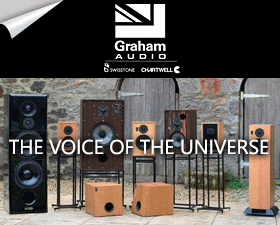I personally always differentiate between innovation and skill... I have seen innovation (which to me always results in audible improvement) with respect to drivers, crossover parts and cabinets. The hot question is - what sort of innovation does a particular speaker manufacturer himself have to offer: matching drivers and crossover? building the cabinet? computer simulation of the overall speaker behavior? voicing against real instruments? Or is all this just _skill_, more than innovation?
I think there are some clear cut lines, others more blurry between innovation and skill. For example, to me, getting a paint job a la Ferrari is skill, not much innovation. Building an aluminum cabinet isn't innovation IFF it's done like everyone else in the past. In the case of Magico, it would appear their _recent_ cabinet construction is more than what everyone else has tried before (e.g. to me, the M6 is definitely not an example of recent efforts, as the speaker cavity is hollow), and I would call that innovation. Avoiding driver break-up modes is more of a skill than innovation... etc...
In the end, it's all about the final result. But again, is it because of innovation, skill, a mix of those, and to what degree is the speaker manufacturer himself responsible for the result, so he can claim ownership of the skill and/or innovation...
All good points Peter!
In the end, it always boils down to how the product sounds. Or as Jeff said, that's why they play the game!
















